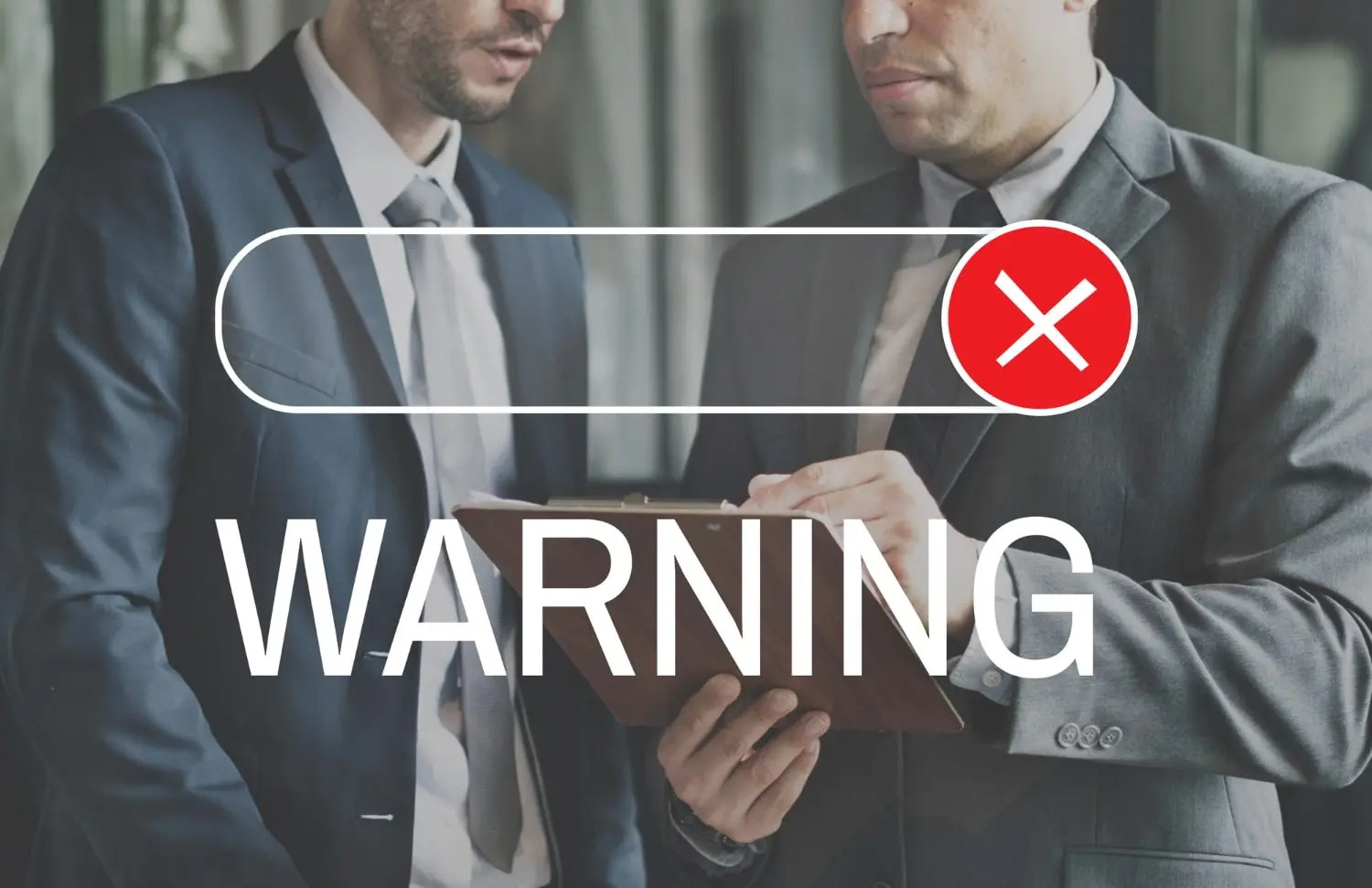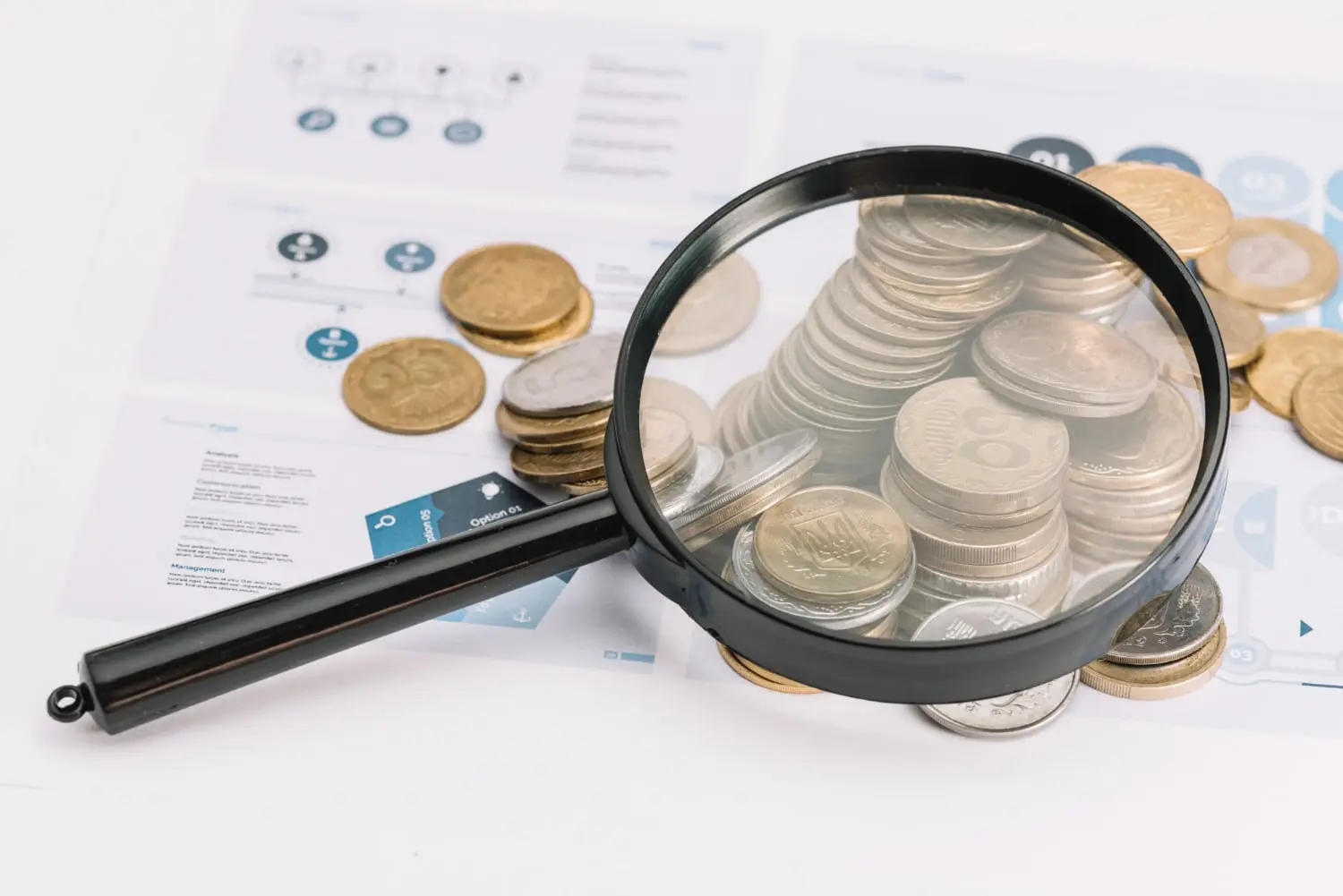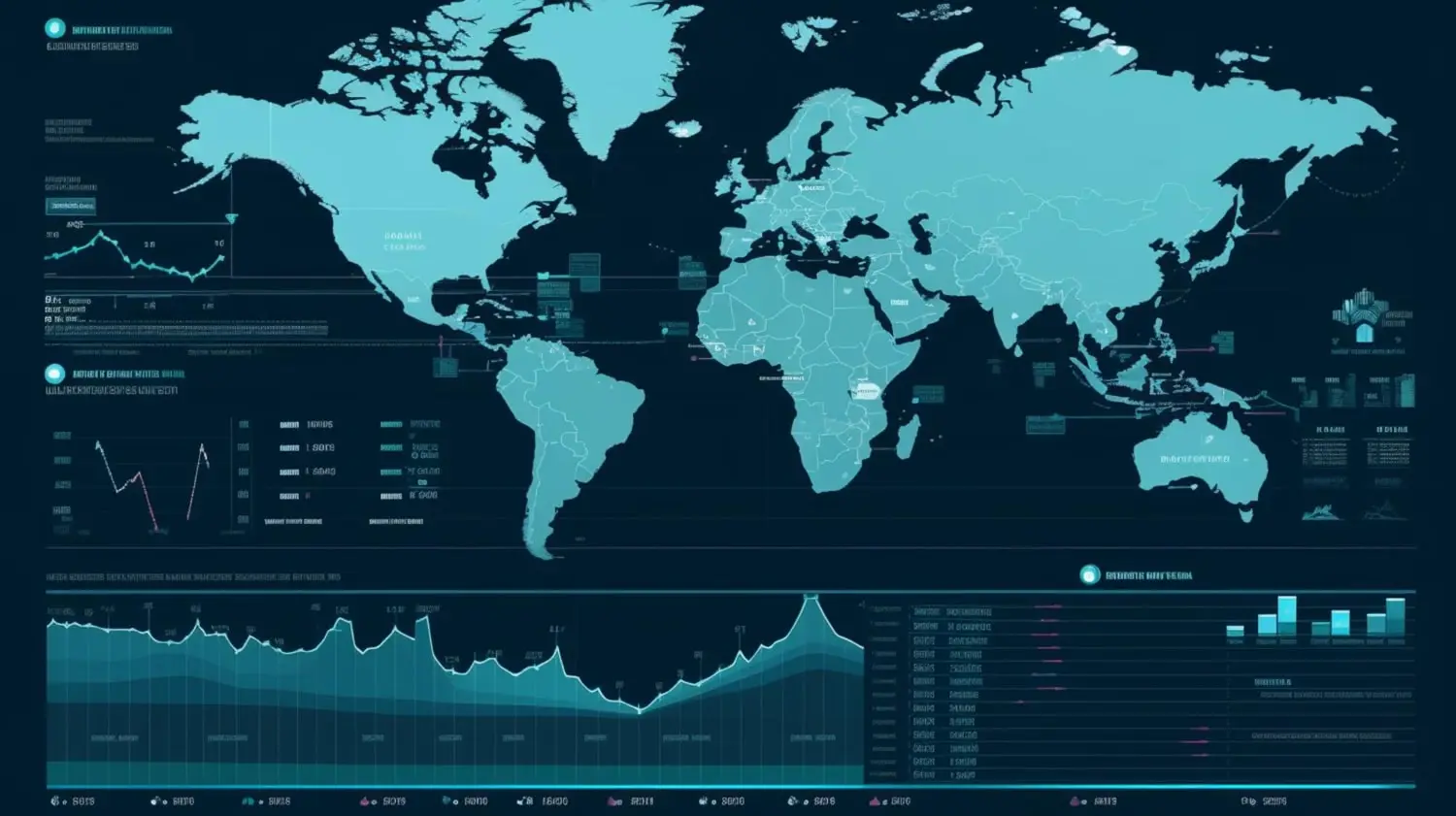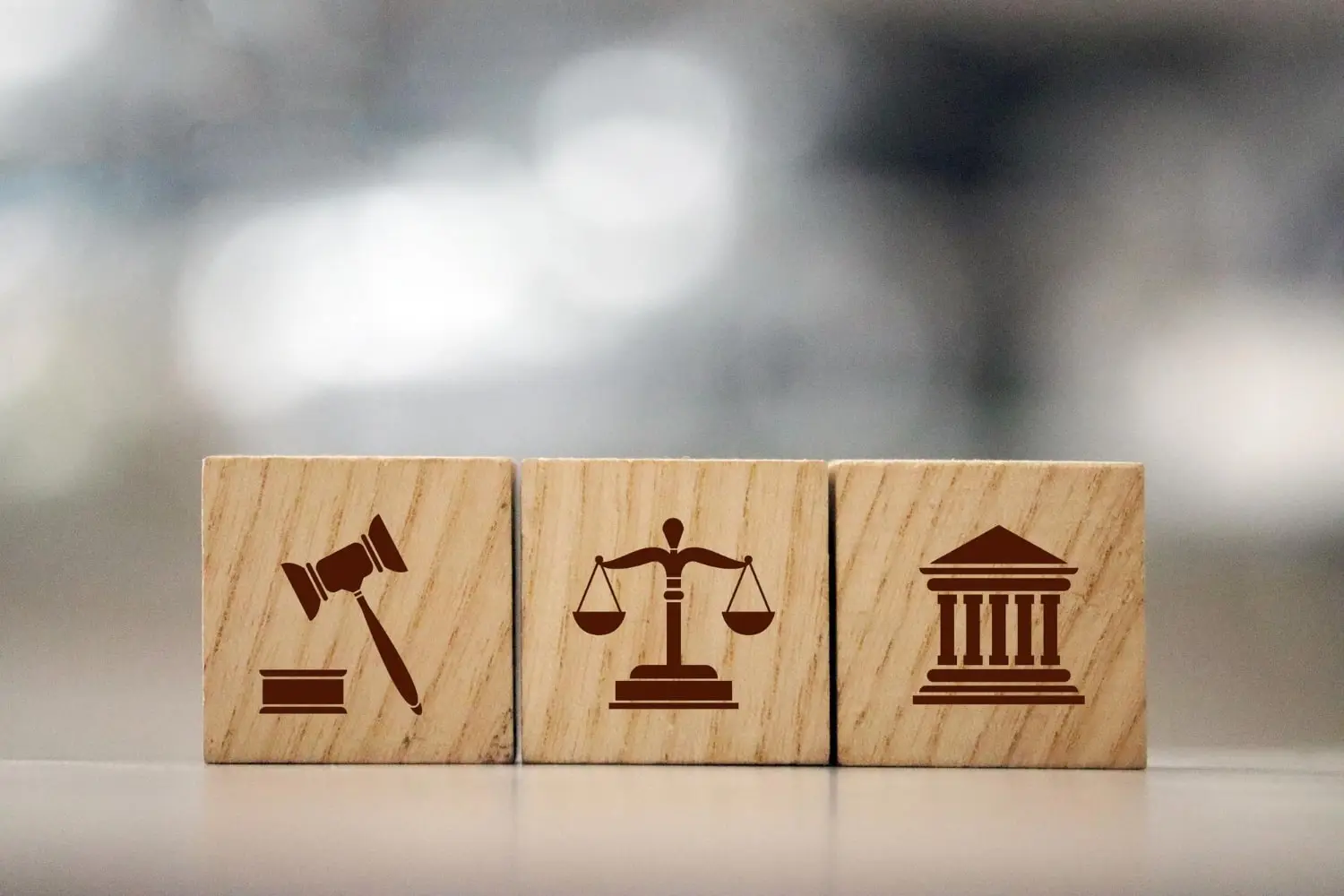What is a Commercial Debt for Business?
Feb 27, 2024

Unlike consumer debt, which involves transactions between businesses and individuals, commercial debt involves transactions solely between businesses.
Understanding the fundamentals of commercial debt is essential for businesses to navigate their financial obligations effectively and maintain healthy cash flow.
In this article, we will explain commercial debt, its significance in business operations, and the various types and implications it may have on enterprises.
Types of Business Debt
Business debts can vary based on factors such as the purpose of the borrowing, repayment terms, and the nature of the business itself. Each type of business debt carries its own set of terms, interest rates, and repayment structures, influencing the financial health and stability of the company.
Understanding the nuances of different types of business debt is crucial for effective financial management and strategic decision-making.
B2B Financial Loans
B2B loans often entail direct financing between businesses, where one company extends credit to another for various purposes such as inventory purchase, equipment acquisition, or expansion projects. Unlike loans from banks, B2B loans may not always involve stringent credit checks or collateral requirements, depending on the established relationship between the parties involved.
Instead, they are often based on mutual trust, ongoing business relationships, and a thorough understanding of each other's financial capabilities. B2B loans can take various forms, including trade credit, vendor financing, or supplier credit arrangements, providing flexibility and tailored solutions to meet specific business needs.
B2B loans outside traditional financial channels can foster stronger partnerships and collaboration between businesses, driving mutual growth and success in the marketplace.
Operational Debt
Operational debt refers to financial obligations incurred through day-to-day operational activities. Unlike traditional debt from loans or financing arrangements, operational debt arises from routine business operations such as purchasing inventory, procuring supplies, or acquiring services.
This type of debt is essential for sustaining and growing businesses but can accumulate over time if not managed effectively. Operational debt is typically short-term in nature and often involves payment terms negotiated between business entities.
Understanding and managing operational debt is crucial for maintaining healthy cash flow and ensuring the smooth functioning of B2B operations. Effective management strategies include proactively monitoring accounts payable, negotiating favourable payment terms, and implementing efficient cash flow management practices.
Strategic Debt
Strategic debt refers to a financial decision made by a business to incur debt for specific long-term purposes aimed at enhancing its competitive position or achieving strategic objectives. Unlike routine operational debts, strategic debt is strategically leveraged to finance critical investments such as expansion initiatives, acquisitions, or research and development projects.
This type of debt is characterised by its alignment with the company's overall strategic goals and potential to generate future value or sustainable growth. Strategic debt is often viewed as an essential tool for businesses seeking to seize opportunities for growth, innovation, or market leadership, albeit with careful consideration of the associated risks and returns.
Effective strategic debt management involves thorough planning, risk assessment, and monitoring to ensure that it contributes positively to the company's long-term success and financial health.
Secured vs. Unsecured Commercial Debt
Secured commercial debt refers to credit backed by collateral, typically assets the borrower owns, such as property, inventory, or equipment. In the event of non-payment, the lender has the legal right to seize and sell the collateral to recover the outstanding debt.
This provides a level of security for the lender, reducing the risk of financial loss.
On the other hand, unsecured commercial debt does not require collateral and is based solely on the borrower's creditworthiness. As a result, unsecured debt typically has higher interest rates and stricter eligibility criteria, as lenders face greater risk without collateral protection.
Contact Our Experts for Business Debt Advice
Short-Term vs. Long-Term Business Debt
Short-term and long-term business debt represent two distinct financial obligations with varying repayment timelines and implications for a company's financial health. Short-term commercial debt typically refers to liabilities due within one year, encompassing obligations such as trade payables, overdrafts, and short-term debts. These forms of business debt are often used to finance immediate operational needs or capital investments with a relatively quick return on investment.
In contrast, long-term debt extends beyond one year, including liabilities like mortgages, bonds, and long-term loans. Such debt arrangements are commonly utilised for large-scale capital projects or business expansions, with repayment schedules spanning several years or even decades.
Good vs. Bad Commercial Debt
Good commercial debt refers to amounts owed by reliable and creditworthy clients with a timely payment history. It typically arises from legitimate transactions and represents a healthy extension of credit to support business growth.
However, bad commercial debt comprises outstanding balances owed by business debtors who cannot or unwillingly fulfil their payment obligations. This type of debt risks the company's cash flow and profitability, often resulting from non-payment, disputes, or insolvency.
Contact Payfor to Recover Bad Business Debt
The Role of Commercial Debt in Business Growth
Commercial debt, often used to finance investments in equipment, infrastructure, or expansion initiatives, is vital for businesses seeking to capitalise on growth opportunities. By leveraging debt strategically, companies can accelerate their growth trajectory, increase market share, and enhance competitiveness.
Commercial debt allows companies to maintain liquidity and preserve cash reserves for day-to-day operations, enabling them to seize profitable ventures and respond swiftly to market demands.
However, prudent commercial debt management is crucial, as excessive borrowing can lead to financial strain and inhibit growth prospects. Effective debt management strategies, including careful budgeting, monitoring of cash flow, and evaluation of repayment capabilities, are essential for businesses to maximise the benefits of commercial debt while minimising associated risks.
Ultimately, when utilised judiciously, commercial debt is vital in facilitating sustainable growth and driving long-term success for businesses.
How to Manage Business Debt Risks?
Managing business debt risks is crucial for ensuring financial stability and long-term success. By implementing effective strategies, businesses can mitigate the potential negative impacts of debt on their operations and reputation.
- Before extending credit to customers or clients, businesses should conduct comprehensive credit checks to assess their creditworthiness and ability to repay debts.
- Clearly defined credit policies and terms can help businesses manage debt risks by setting expectations for payment terms, credit limits, and consequences for non-payment.
- Open and transparent communication with debtors can help businesses identify and address potential issues early on, reducing the likelihood of payment delays or defaults.
- Engaging a reputable debt collection agency can be an effective way to recover outstanding debts while maintaining positive customer relationships. These modern-day recovery agencies have the expertise and resources to pursue debtors and facilitate timely commercial debt recovery.
- Implement stringent credit control measures: Implementing strict credit control measures, such as regularly monitoring accounts receivable and enforcing payment deadlines, can help businesses proactively identify and address potential debt risks.
Contact Payfor to Recover Your Debt in 30 Days
 Author: Giles Goodman, Founder CEO of Payfor Limited
Author: Giles Goodman, Founder CEO of Payfor Limited
Drawing from his solid experience in commercial debt collection, Giles
offers invaluable expertise in solving claims owed between companies worldwide. Through his writing,
Giles shares insights tailored to business owners, leveraging his wealth of experience to provide practical
guidance and support.
Disclaimer:
This blog post is intended for informational purposes only and should not be construed as legal advice. The information provided in this post is based on general principles and may not apply to specific legal situations. Laws and regulations vary by jurisdiction and can change over time. Readers are advised to seek professional legal counsel before making any decisions based on the information provided in this blog post. Payfor Ltd is not a law firm and does not provide legal services. The company disclaims any liability for actions taken based on the contents of this blog post.
More Blogs & Insights

Cereal Entrepreneurs: Mastering the B2B Debt Collection Game

4 Successful B2B Debt Collection Cases

How Commercial Debt Collection Services Help Large Corporations

Top 5 Challenges in B2B Debt Collection and How to Overcome Them

How to Collect Debt From a Business That Repeatedly Refuses to Pay What They Owe?
Coping with a business that repeatedly refuses to pay its debts can significantly impact your cash flow and hinder your company's growth.

Out-of-Court Settlements for Ukrainian Businesses Commercial Debt Collection
As enterprises strive to maintain cash flow and financial stability, resolving commercial debt disputes efficiently becomes crucial for Ukrainian businesses.
How to Track Down a Debtor That’s Gone Missing?
Tracking down a missing debtor can be challenging, but several effective methods can increase your chances of success.

How the Letter Before Action Works in Commercial Debt Collection
One of the most effective tools at a creditor's disposal is the letter before action (LBA). This formal notice is a precursor to legal proceedings and offers a final opportunity for debtors to settle their obligations without court intervention.

Steps to Take Before Engaging a Debt Collection Agency
Hiring a commercial debt collection agency can be immensely helpful for businesses facing challenges in recovering outstanding debts. Professional agencies possess the expertise and resources necessary to efficiently manage business debt recovery.

How to Deal With Reactions to Your Commercial Debt Demand Letter?
Learn how to effectively manage and respond to a range of reactions received following the issuance of your commercial debt demand letter.
Business Debt Collection Best Practices for Israeli Tech Businesses
As the Israeli tech industry thrives on continuous development and investment, managing outstanding debts efficiently becomes crucial to ensure that financial stability is not compromised. Implementing best practices for debt collection tailored to each firm's unique needs can significantly mitigate these risks.

What is Commercial Litigation?
Defined as the legal process of resolving business-related conflicts through the court system, commercial litigation covers many issues - breach of contract, business torts, shareholder disputes, and intellectual property disagreements.

Commercial Debt Collection for Small and Medium Enterprises (SMEs) in Ukraine
Small and medium enterprises (SMEs) play a crucial role in Ukraine’s economic growth and job creation. However, many SMEs grapple with cash flow challenges due to market fluctuations.

The Role of Professional Debt Collection Agencies for Ukrainian Businesses
In Ukraine's dynamic business scene, managing outstanding business debts is challenging and can strain resources.

Best Strategies for Commercial Debt Management: Advice From an Expert
In today's competitive landscape, businesses must navigate complex financial relationships while balancing cash flow and creditor obligations.

How to Recognise Early Warning Signs of Business Debtors?
Recognising the early signs of a potential debtor is crucial for maintaining a business's financial health. Many companies encounter clients who, despite initial promises, fail to uphold their payment obligations, which can significantly impact cash flow and operational stability.

How Can You Recover a Debt in the US When You Are in Portugal?
Distance, legal disparities, and practical hurdles create complexities for Portuguese businesses seeking to recover commercial debts from businesses in the United States.

Commercial Debt Collection Laws for Ukrainian Businesses
Ukrainian businesses frequently grapple with managing financial obligations and recovering debts. The legal framework for commercial debt collection is vital for maintaining economic stability and fair market practices.

What to Do When a Client Cancels a Business Agreement?
When a client cancels a deal, it can significantly disrupt your business operations, impacting both your financial stability and strategic planning.

International Commercial Debt Collection Laws Explained
International debt collection involves pursuing debts from debtors in different countries - a challenge heightened by diverse legal systems, cultures, and language barriers.

What Happens If You Lose a Commercial Debt Collection Lawsuit?
Unpaid debts can pose significant challenges to business financial stability. When traditional methods fail to resolve these outstanding dues, companies may take legal action, such as a commercial debt collection lawsuit.

When to Use a Commercial Debt Collector?
Businesses often face challenges in recovering payments from clients or customers when managing outstanding debts.

How Long Can You Legally Be Chased for a Commercial Debt in the UK?
In the UK, the statute of limitations for pursuing a commercial debt is typically six years, starting from the last acknowledgment or payment date.

What is Commercial Debt Factoring in Business?
Companies often seek innovative solutions for cash flow management and financial challenges, such as commercial debt factoring, where accounts receivable are sold to a third-party factor at a discount.

How to Recover a Commercial Debt in the US When You Are in Israel?
If you are an Israeli business seeking to recover a commercial debt owed to you in the United States, it's essential to understand the intricacies and procedures involved in such a pursuit.

Legal Procedure for Commercial Debt Recovery
Commercial debt recovery can be a complex and challenging process for businesses. From unpaid invoices to overdue payments, encountering debtors unwilling to settle outstanding dues is a common predicament.

How Do Businesses Benefit From Offshore Jurisdictions?
Offshore jurisdictions like Switzerland and the Cayman Islands are a prevalent strategy for companies engaged in commercial debt collection or aiming to enhance their financial and tax planning initiatives.

How Do You Write a Demand Letter for Commercial Debt?
Unpaid business debts can be challenging for commerce businesses. When traditional debt collection methods fail, turning to legal recourse becomes necessary.

How to Avoid Late Payments in B2B Transactions?
Late payments pose a significant challenge for businesses, impacting cash flow, profitability, and overall financial stability.

Commercial Debt Statistics: Facts and Numbers
Commercial debt plays a vital role in business finances, acting as both a driver for growth and a potential indicator of a company's financial stability.

Why Payfor Is Different From Other B2B Collection Agencies?
Unlike other agencies, Payfor prides itself on its unique approach to commercial debt recovery, blending industry expertise with a commitment to client satisfaction.

How to Calculate Business Debt: A Comprehensive Guide
Understanding and accurately calculating business debt is essential for maintaining financial stability and making informed decisions.

How to Recover a Debt in the US When You Are in Egypt?
Given the geographical and legal barriers, recovering a debt in the United States while residing in Egypt can present a formidable challenge.

What are Commercial Debt Collection Challenges for Startups?
Startups often encounter unique hurdles when it comes to recovering owed funds. From establishing effective credit policies to navigating legal complexities, startups must navigate myriad obstacles to ensure timely payments and maintain financial stability.

Negotiation Tactics in Debt Recovery: The Psychology of Persuasion.
Commercial debt recovery is an essential, yet intricate, facet of business operations that requires an amalgamation of skills—from legal understanding to business acumen.

How to Recover Debt in the US When You're in Ukraine?
Navigating the complexities of debt recovery across international borders presents unique challenges for businesses, particularly when seeking to recover debts owed in the United States while operating from Ukraine.

Is Legal Recovery the Answer When Your Business is Owed Money Across Borders?
When your business faces the challenge of recovering owed money from companies operating across international borders, legal recovery emerges as a strategic imperative.

How Do Commercial Debt Collection Recovery Campaigns Work?
Commercial debt collection recovery campaigns are intricate processes designed to retrieve outstanding debts owed by businesses to creditors.

Why Jurisdiction Is the Most Critical Factor in Commercial Debt Collection?
When it comes to commercial debt collection, one question often trumps all others: "What is the key most important factor when chasing a debt?"

What is the Difference Between Arbitration and Issuing Legal Proceedings/Litigation?
The choice between arbitration and litigation is a pivotal decision that can shape the course of dispute resolution.

What is Amicable Recovery?
Amicable Recovery is a consensual and cooperative debt collection method that aims to settle outstanding payments without resorting to judicial measures. This process often commences with a courteous reminder, followed by mutually beneficial negotiations, in an effort to secure payment.

What is Jurisdiction in Global B2B Debt Collection?
Jurisdiction determines the legal authority and framework within which commercial debt collection efforts can be pursued across international borders.

How to Determine if a Debtor is Solvent Enough to Repay Debt: An Expert Guide
In the intricate world of commercial debt collection, one of the most challenging yet imperative tasks is assessing the solvency of a debtor.

Small Business Debt Collection: A 7 Point Guide
This guide covers seven key points, ranging from understanding legal frameworks to negotiating payment plans. It equips small business owners with the knowledge and tools necessary to successfully pursue outstanding debts.

What is Commercial Debt Collection?
Commercial debt collection is when a third-party agency recovers unpaid debts owed by one company to another. The recovery agency contacts the company owing the debt requiring it to pay the debt.

What Are Commercial Debt Collection Challenges for US Companies?
Commercial debt collection presents myriad challenges for US businesses, including complex jurisdictions and contractual elements.

How Much Debt Should a Business Have?
Striking the right balance between business debt and equity is paramount for maintaining financial health and sustaining growth.

Commercial Debt Collection Challenges and Solutions for Ukrainian Businesses
In today's economic climate, Ukrainian companies encounter many obstacles when recovering commercial debts.

How is Bad Debt Defined in Business: A Short Explanation
The term "bad debt" holds significant importance for businesses and can often signal trouble for enterprises of varying sizes.

What is a Creditor in Business?
A creditor is a party that has provided goods, services, or monetary resources to a business on credit, expecting repayment within an agreed timeframe.

What is a Commercial Debt for Business?
Commercial debt is the amount of money one business entity owes to another for goods or services provided on credit terms.

What Should Businesses Expect From a Modern-Day Debt Recovery Agency?
Modern debt recovery firms are redefining industry standards by offering strategic financial solutions alongside traditional collection efforts.

How to Safeguard Your Business: Expert Tips for Choosing Reliable B2B Partners and Clients
In today's rapidly evolving business landscape, establishing robust B2B partnerships and securing dependable clients are pivotal to achieving growth.

What Are Commercial Debt Collection Challenges and Solutions for UK Companies?
Navigating the complexities of commercial debt recovery in the UK presents many challenges that demand a strategic understanding and adept handling.

A Comprehensive Guide to Commercial Debt Collection for AI Companies
As AI businesses often market their technology globally, cross-border trade is a notable challenge they face.

How Does Commercial Debt Collection Work for Recruitment Companies?
As recruitment agencies strive to connect employers with suitable candidates, the issue of outstanding payments can become a common challenge for them.

What are Debt Collection Agencies: Their Role in Financial Recovery
The debt collector is mainly an agency creditors hire to recover money owed by businesses that have failed to make timely payments on their debts.

Commercial Debt Collection Issues for IT and Software Development Companies
The billing models, project timelines, and evolving client requirements create an environment where debt recovery becomes a complex and nuanced process for IT and Software development companies.

Business Debt Collection Etiquette: How to Preserve B2B Relationships
In the ever-evolving landscape of business, maintaining positive relationships with other companies is crucial for long-term success. However, as businesses engage in commercial transactions, they may encounter instances where debtors are not forthcoming, acting in bad faith, or having a hidden agenda.

What is a Debtor in Business: Essential Guide
Commercial debtors, in essence, refer to entities that owe money to a business for goods or services provided. This financial relationship forms a critical component of the broader commercial ecosystem, shaping a business's cash flow dynamics and overall financial health.

What is Global Debt Collection?
Global debt collection is when a collection agency or company actively tries to collect debts from debtors across international borders.

What to Do if a Company Owes You Money: Resolving Unsettled Debts
In a business relationship, there might be situations where a company owes you money, and the path to resolution may not always be clear. When faced with this challenge, it's crucial to approach the situation with a level head and a strategic plan.

10 Global Debt Collection Challenges: How to Overcome Them
Identify the key challenges of global debt collection, from legal jurisdictions to assessing debtor's liquidity, and effective strategies for successful debt recovery.

Commercial Debt Collection Laws in the UK: A Comprehensive Guide
Understanding the legal framework governing commercial debt collection is paramount for both creditors seeking restitution and debtors aiming to protect their rights.

What is Corporate Recovery?
A Comprehensive Guide to Collecting £100k-£250k Unpaid Invoices from International Businesses

How a Ukrainian company achieved a satisfying settlement
The Ukrainian company had done everything they needed...

How a Portuguese company got 80% of the outstanding debt collected
A recruitment company based in Portugal was owed money from clients in the UK, Portugal and Germany.

Indian software developer got that Payfor feeling
Payfor was able to collect the outstanding debt by negotiating a resolution between the two companies.

How we overcome frustrating debt collections
A Welsh SaaS business was owed money by a London financial services company.






